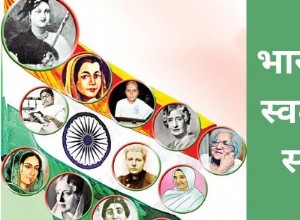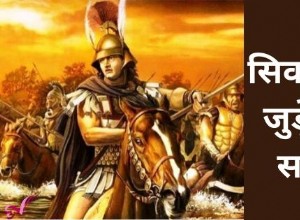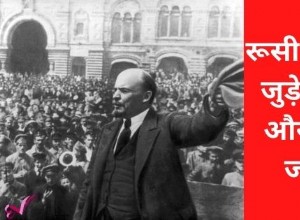Here in this article we are telling you about Indian History in Hindi – Indias freedom struggle. Questions asked in SSC Exams and their answers Indias Freedom Struggle Q. Who was the first President of Indian National Congress? Ans. Byomkesh Chandra Banerjee Q. Which Congress leader is called




